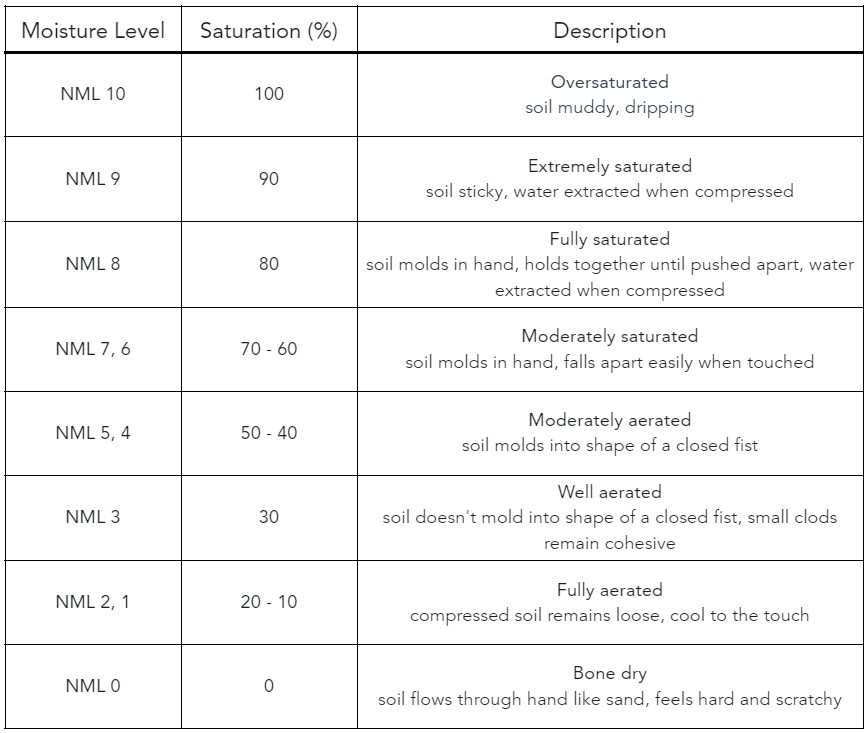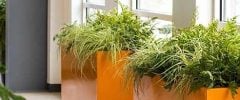Service Tips for Plant Techs: 8 Ways to Be More Effective With Customers

Regardless of the profession, people are constantly looking for ways to be more productive during their workday. With a limited time frame and a to-do list that sometimes seems endless, plant technicians need to be efficient and effective. That’s why I’ve put together these service tips for plant techs—based on my own experiences—to help boost productivity, maintain plant health, and strengthen client relationships. Whether you’re new to the field or looking for ways to refine your approach, these strategies can make a real difference in your daily routine.
Build Client Relationships Through Effective Communication
Every service visit is an opportunity to nurture client relationships. When you arrive, take a moment to greet your customers if they’re available. This lets them know you’re on the premises and also opens the door for any immediate concerns they may have.
As your visit comes to a close, it’s a good idea to provide a brief overview of the tasks performed and any observations worth noting. This is especially useful if a plant needs extra attention or a replacement in the near future. It’s also the perfect time to obtain a signature on the service receipt. Remember to address people with a friendly demeanor—a smile and direct eye contact can go a long way. Clients should feel confident that their plants are in good hands, and that starts with how you present yourself and interact with them.
Keep Management Informed for Streamlined Service
Just as client communication is important, keeping management well-informed about the state of your accounts each day ensures that plant service runs smoothly. Regular updates on account status, plant replacements, and potential issues help avoid misunderstandings and keep everything on track.
If a plant needs to be replaced, request it as soon as possible and stay informed on the status of your order—diplomatically, of course. This ensures timely replacements and prevents unnecessary gaps in service. When checking in with management, remember to have a positive attitude to avoid creating unnecessary pressure.
Deliver Consistent Care to Keep Plants Healthy
Plants thrive when they receive well-balanced care, and consistency is the key to long-term health. Even subtle changes in service can impact plants over time. Pay attention to each plant’s needs and make sure that maintenance tasks—like monitoring soil moisture, aerating compacted soil, and adjusting placement for better light exposure—are done regularly. Routinely inspect plants for signs of pests or disease—such as yellowing leaves, webbing, or sticky residue—so you can take quick action before a minor issue turns into a major problem. The more consistent your care, the stronger and healthier plants will be.
Follow a Reliable Plant Service Routine for Success
A structured routine is one of the most valuable tools a plant technician can have. By following a consistent process for every plant you service, you will remain as effective as possible.
Here’s the regimen I try to follow for each plant:
- Inspect as you approach the plant. Take note of its overall appearance, looking for signs of stress or discoloration.
- Feel soil moisture. Dry or overly compacted soil may indicate the need for watering or aeration, while excessive moisture could signal drainage issues. (Keep using your eyes, too.)
- Trim-turn-trim to check all angles. Remove dead or damaged leaves while rotating the plant to inspect for hidden pests or disease.
- Water as needed, taking care to avoid overwatering.
- Spray or treat if you’ve seen pests or pathogens.
- Perform special work such as pruning, refreshing top dressing, etc.
- Clean plants, containers, floors, and tables before moving on. Make sure to use disposable cleaning materials if pests are present.
- Look back as you walk away. A final glance ensures nothing was missed.
Monitor Plant Moisture Content Using the NML System
I developed the Numerical Moisture Level (NML) System as a structured way to assess plant water levels. While others may use a similar approach, I have found this system to be extremely helpful in maintaining records and communicating specific plant-related information to others. By assigning numerical values to different moisture levels, the NML System eliminates guesswork, making it easier to track changes so plants receive proper care. Although the percentages are estimates rather than exact measurements, they provide a reliable guide to help plant techs make informed watering decisions.

Identify and Resolve Plant Health Issues Early
Approach each plant expecting something could be wrong—it’s easier to prevent problems when you’re actively looking for them. Start by checking under leaves and inside stems where pests often hide. Be aware of stickiness and consider gently misting plants with your spray bottle to reveal the early stages of webbing—a common indicator of spider mites. Your soap and water spray is your best friend and is one of the most effective tools for pest management. Regular use can help control pests naturally, reducing the need for stronger treatments down the road.
Use Cleaning and Leaf Care Products With a Subtle Approach
Keeping plants clean is essential, but less is often more when it comes to leaf care. There’s a general consensus among plant professionals that conventional leaf shine products may not be the best option. For routine cleaning, modern cleaner and conditioner sprays can be helpful when used in moderation. In most cases, simple dusters and hand wiping remain the most effective ways to remove dust, maintain a plant’s natural shine, and prevent buildup.
Prevent Overfed Plants by Applying Fertilizer Correctly
Plants sometimes do well for a few years and then suddenly start declining. Often, the effects of over-fertilization—such as elevated salt levels—are to blame. While fertilization is essential, applying it correctly is just as important as using the right type.
Plants that are exposed to full sunlight throughout the day, for example, may require more frequent feeding, sometimes as often as once a month. However, for most plants, a seasonal approach works best—four times a year for high-light plants, two to three times for medium-light plants, and just once a year for low-light varieties. Furthermore, some plants—like dracaenas—don’t need anything beyond fresh soil and a bit of iron. When in doubt, it’s best to err on the side of caution and under-fertilize rather than overdo it. After all, nutrient deficiencies are far easier to correct than issues caused by over-fertilization.
Incorporating these strategies into your plant care routine will significantly enhance your efficiency and effectiveness as a plant technician. Remember, a well-structured routine, effective communication, and attention to detail will be your allies in achieving optimal results.
Download the full Tips for Plant Techs Guide here.
You May Also Like
One response to “Service Tips for Plant Techs: 8 Ways to Be More Effective With Customers”
Leave a Reply
You must be logged in to post a comment.




















I think this is an excellent article that could be used as a tool to train new techs in the field!